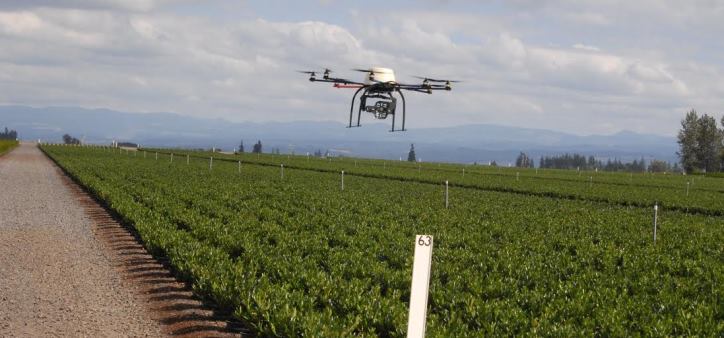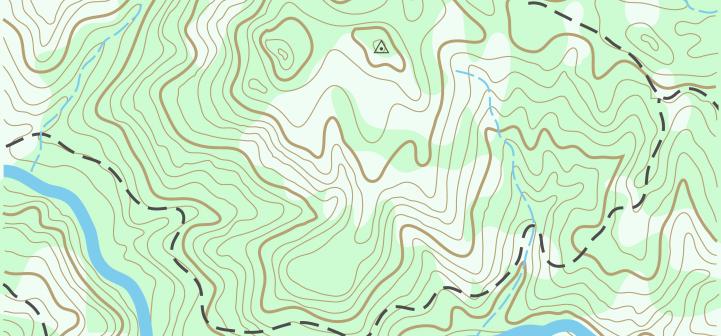
Nation prepares to develop standards and protocols for widespread use
A 2012 Congressional mandate directed the Federal Aeronautics Administration (FAA) to begin integrating civilian unmanned aircraft (aka drones) into the national airspace (NAS) by the end of 2015.
FAA regulates all flight through U.S. airspace. Until now, the agency has allowed only public entities with special FAA permits, called Certificates of Authorization (COAs) to fly unmanned aircraft, mostly for research purposes.
On December 30, FAA picked six test sites from …
